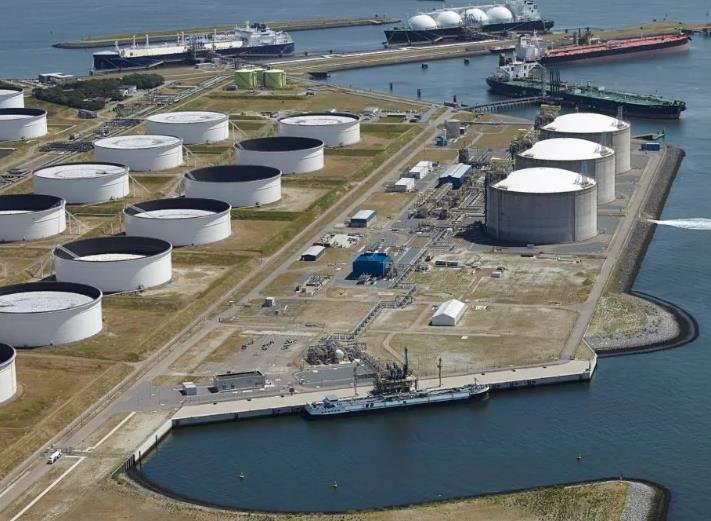OPEC’s oil output saw a notable increase in July, driven primarily by a rebound in Saudi Arabian supply. According to a recent survey, the Organization of the Petroleum Exporting Countries (OPEC) pumped 26.70 million barrels per day (bpd) last month, marking an increase of 100,000 bpd from June. This rise comes despite ongoing voluntary supply cuts by other members and the wider OPEC+ alliance. The increase in output highlights Saudi Arabia’s pivotal role in stabilizing the global oil market.

Saudi Arabia’s Role in the Output Increase
Saudi Arabia played a crucial role in the increase of OPEC’s oil output in July. The kingdom’s production reached 9 million bpd, close to its target, providing the largest supply boost of 70,000 bpd. This rebound in Saudi supply was significant, especially after lower-than-expected exports in June. The increase in production was aimed at stabilizing the market and meeting global demand, which has been fluctuating due to various economic factors.
The decision to boost production was also influenced by the need to balance the market amidst high interest rates and rising U.S. production. Saudi Arabia’s ability to adjust its output quickly and effectively demonstrates its leadership within OPEC. The kingdom’s strategic moves are closely watched by other member countries and global markets, as they often set the tone for broader production policies.
In addition to increasing output, Saudi Arabia has been investing in advanced technologies and infrastructure to enhance its production capabilities. These efforts are part of a broader strategy to maintain its position as a leading oil producer and exporter. The kingdom’s commitment to innovation and efficiency is expected to play a key role in its future production plans.
Impact on Global Oil Markets
The increase in OPEC’s oil output, driven by Saudi Arabia, has significant implications for global oil markets. The additional supply helps to stabilize prices, which have been volatile due to various geopolitical and economic factors. By increasing production, OPEC aims to ensure a steady supply of oil to meet global demand, thereby preventing sharp price fluctuations that could disrupt markets.
The rise in output also comes at a time when other OPEC members are maintaining voluntary supply cuts. These cuts are part of a broader strategy to manage supply and demand dynamics and support prices. The balance between increased production by Saudi Arabia and cuts by other members is crucial for maintaining market stability. This delicate balance requires constant monitoring and adjustments to respond to changing market conditions.
Furthermore, the increase in output highlights the importance of OPEC’s role in the global energy landscape. The organization’s ability to coordinate production levels among its members is essential for managing global oil supply and prices. OPEC’s decisions have far-reaching impacts on economies around the world, influencing everything from fuel prices to inflation rates.
Future Prospects and Challenges
Looking ahead, OPEC faces several challenges in managing its production levels and maintaining market stability. One of the key challenges is the ongoing volatility in global demand, driven by economic uncertainties and geopolitical tensions. OPEC must navigate these complexities while ensuring that its production policies align with broader market trends.
Another challenge is the competition from non-OPEC producers, particularly the United States, which has been increasing its oil production. The rise in U.S. output adds pressure on OPEC to adjust its production levels to avoid oversupply and price drops. This competition requires OPEC to be agile and responsive to market changes, leveraging its collective strength to influence global supply dynamics.
Despite these challenges, OPEC remains committed to its goal of stabilizing the global oil market. The organization’s ability to adapt to changing conditions and coordinate among its members is a testament to its resilience and strategic importance. As the global energy landscape continues to evolve, OPEC’s role in shaping market dynamics will remain critical.
